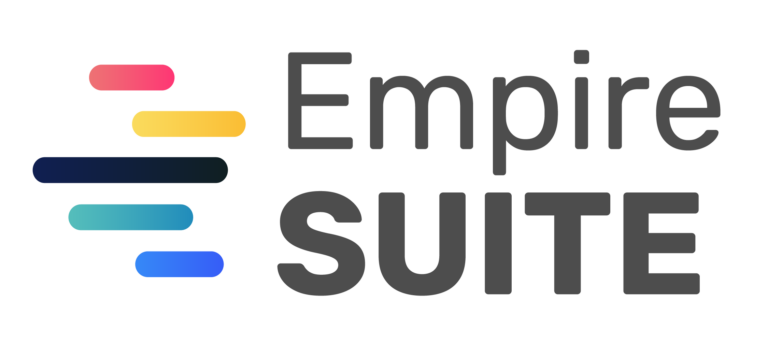Modern resource management leadership demands more than filling schedules and tracking hours. Success lies in striking the right balance—maximizing utilization without exhausting your team. Targeting a healthy utilization rate, typically between 70–80%, allows organizations to achieve productivity and profitability while protecting employee wellbeing and long-term performance.
Why Utilization Targets Matter
A common misconception is that full schedules equal full productivity. In reality, overloading staff creates diminishing returns—mistakes multiply, morale drops, and turnover rises. Too little work, on the other hand, leads to disengagement and lost momentum. Maintaining utilization in the 70–80% range provides the right balance: it keeps people challenged but not overwhelmed and leaves time for professional development, administrative tasks, and innovation.

The Strategic Role of Workload Balancing
Balancing workloads is not an administrative chore but a strategic decision that affects project delivery, financial health, and culture. Strategic resource managers view utilization as an organizational health indicator, combining performance analytics, forecasting, and human judgment to prevent crunch cycles before they happen. When a project suddenly ramps up, balanced teams can absorb the extra demand without burning out high performers or over-relying on specific skill sets.
How Technology Enables Fair Distribution
Without a centralized resource management system, it’s nearly impossible to sustain balanced workloads at scale. Centralization provides a single source of truth—real-time visibility across capacity, allocations, and skills—so leaders can allocate equitably, spot bottlenecks early, and adapt to shifting project priorities.
Modern resource management platforms automate resource leveling, identify overallocations, and visualize accurate workload data, allowing managers to rebalance assignments proactively. These tools transform resource planning from firefighting into forward planning.
Guarding Against Burnout with Data
Burnout prevention begins with planning, not correction. Managers should look beyond time tracking to trends in allocation and consistency of utilization. If one team member’s capacity line repeatedly skirts 100%, it signals a systemic issue—not just a busy week. Smart resource management software makes such patterns visible instantly, helping leaders reassign or delay work before fatigue sets in. Equally important, leaving deliberate whitespace in calendars supports recovery, creative thinking, and training—key ingredients for long-term engagement and organizational agility.
Toward Sustainable Productivity
Balancing workloads strategically is a sign of mature resource management. It’s how firms preserve profitability while protecting their people—their most critical assets. With transparent systems, predictive analytics, and a culture that values balanced performance, organizations can achieve a state where healthy utilization drives both business growth and employee satisfaction.

